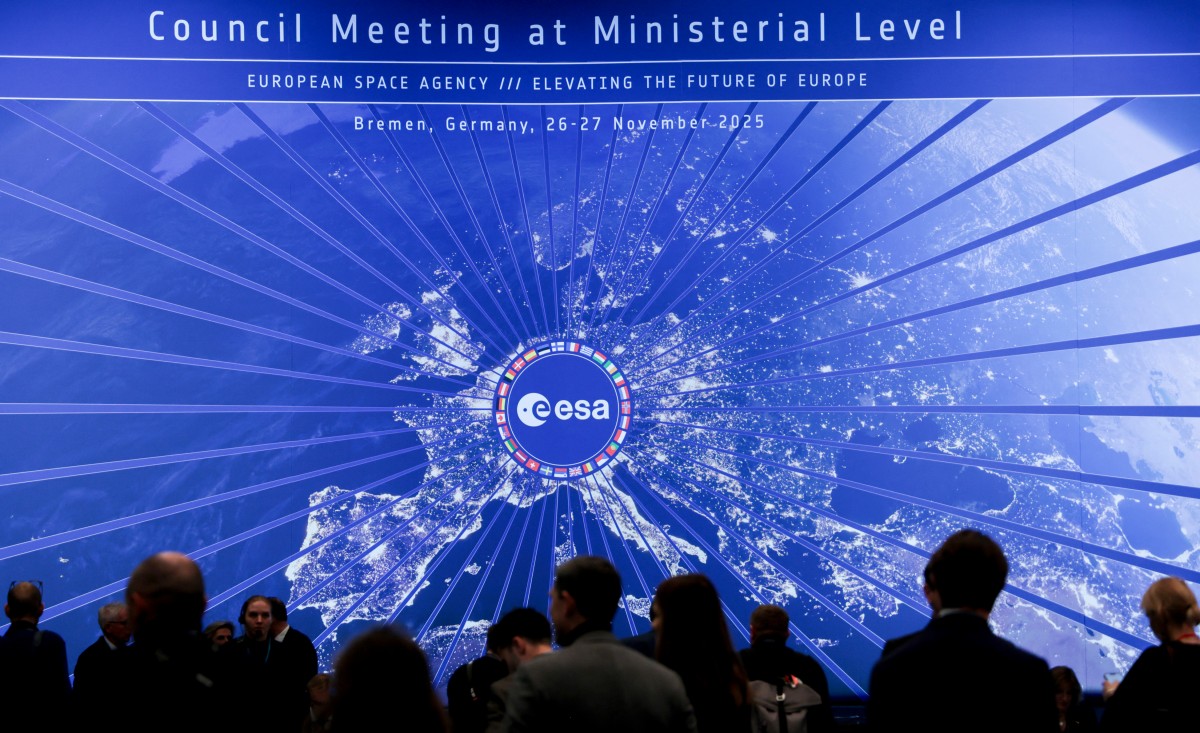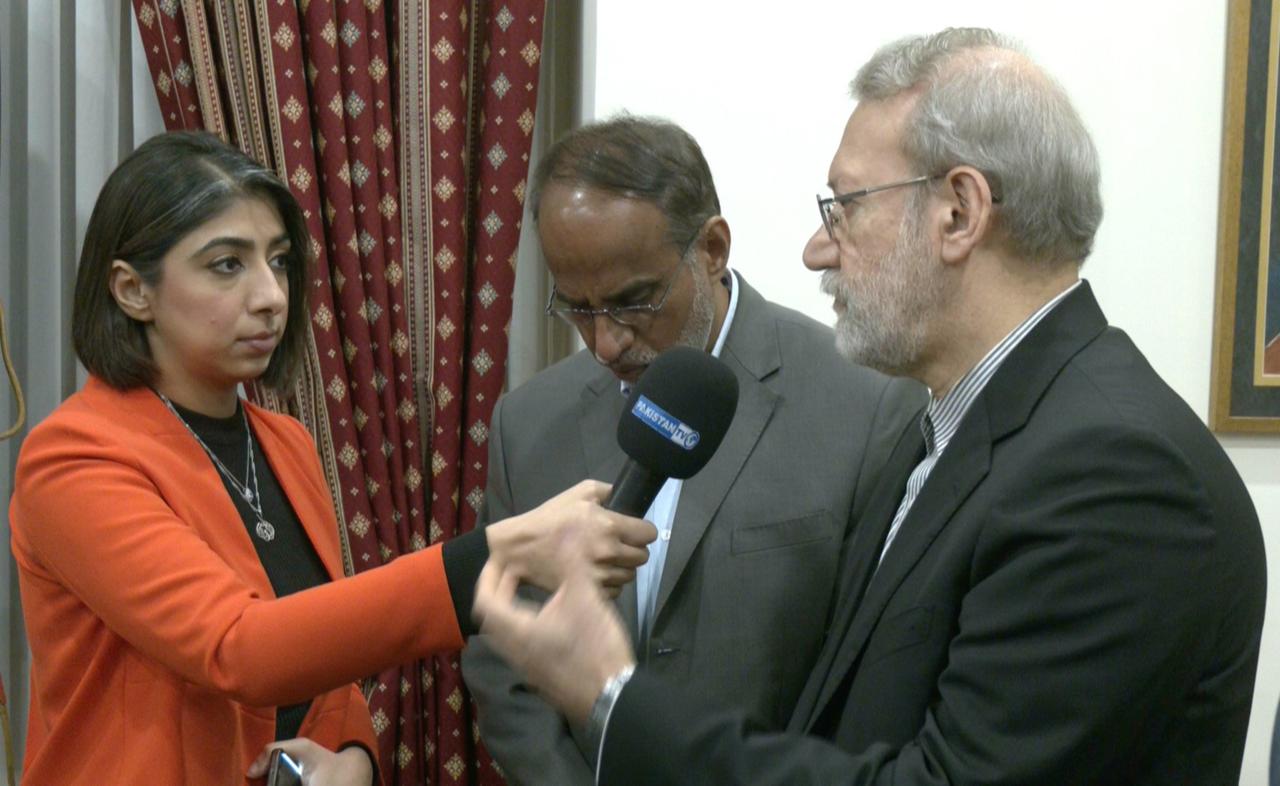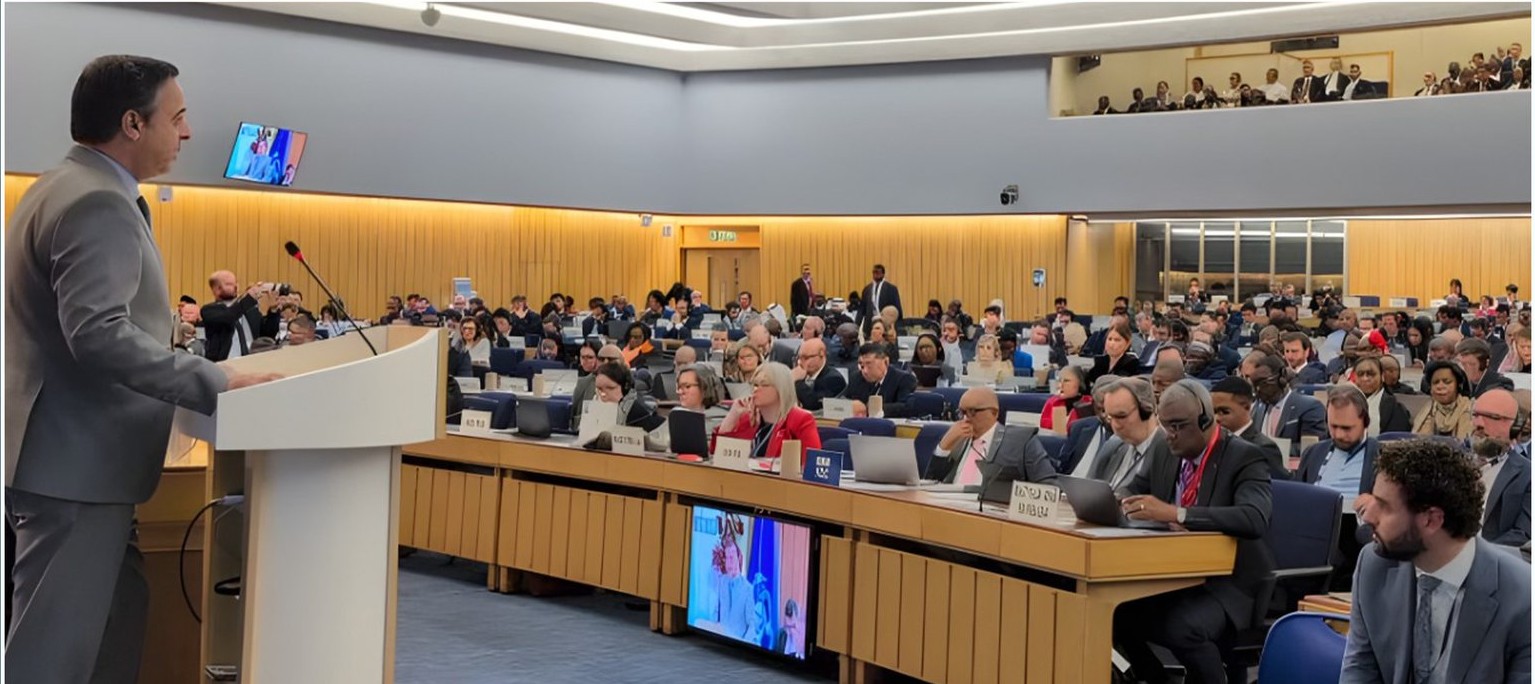ISLAMABAD: Russia has conducted large-scale military exercises with Belarus, showcasing nuclear-capable bombers, hypersonic missiles, and thousands of troops, while NATO countries have ramped up defenses across Eastern Europe in response.
The joint exercises, dubbed Zapad 2025, began earlier in September and concluded Tuesday. According to Belarus' deputy defense minister, the drills included rehearsals for potential tactical nuclear weapon use and preparations to deploy Russia’s new Oreshnik missile, the Associated Press reported.
Russian state media claims the Oreshnik missile can carry multiple warheads and reach NATO targets within minutes.
NATO Secretary-General Mark Rutte slammed the exercises as “reckless.” Speaking in Brussels, he warned that Russia's increasing use of drones and missiles means “no part of Europe is safe.”
“Let’s agree that within this alliance of 32 countries, we all live on the eastern flank,” Rutte said.
Airspace violations heighten tensions
The drills took place just days after around 20 Russian drones entered Polish airspace on September 10, according to AP. While Moscow denied that the drones were aimed at Poland, Polish Prime Minister Donald Tusk called it a “provocation” and warned that Europe is now “closer to open conflict than at any time since World War II.”
NATO later confirmed that Russian drones also violated the airspace of Romania, Estonia, Latvia, and Lithuania.
New nuclear doctrine and weapons deployment
The timing of Zapad 2025 also coincides with the anniversary of Russia's revised nuclear doctrine. In 2024, President Vladimir Putin updated the policy to state that any conventional attack on Russia backed by a nuclear power would be treated as a joint nuclear threat.
Since Belarus falls under this security umbrella, Moscow reportedly intends to deploy Oreshnik missiles there later this year.
Russia’s Defense Ministry also released footage of strategic bombers and naval units launching nuclear-capable missiles as part of the drills. Analysts told AP that placing such weapons in Belarus revives Cold War-era dynamics, when Soviet missiles were aimed at Europe from Belarusian territory.
Fighting continues in Ukraine
While Russia displays its military strength, the conflict in Ukraine continues unabated. President Volodymyr Zelenskyy said on Telegram that Russian rockets struck the southern city of Zaporizhzhia overnight, injuring 20 people, including four children.
Zelenskyy also reported:
- A civilian logistics center near Kyiv was hit
- Drones targeted Kharkiv, injuring four people at the National Pharmaceutical University
He renewed his call for enhanced European air defenses:
“Now is the time to implement the joint protection of our European skies with a multilayered air defense system,” Zelenskyy wrote.
According to AP, Zelenskyy said Russia has fired over 3,500 drones, 2,500 glide bombs and nearly 200 missiles just in the past two weeks. Glide bombs, dropped from high altitudes, have been particularly devastating as Ukraine lacks effective countermeasures.
In retaliation, Ukraine has launched drone strikes inside Russia. On Tuesday, Ukraine’s General Staff reported an attack on an oil refinery in Saratov, causing explosions and a fire. Repeated strikes on fuel infrastructure have reportedly contributed to gasoline shortages in Russia.
NATO expands focus to the Arctic
While Ukraine remains the central battleground, NATO is also extending its defensive posture northward.
In Greenland, Denmark is leading Arctic Light 2025, a multinational drill involving over 550 troops from Denmark, France, Germany, Sweden, and Norway, AP reported.
The training, which began on September 9 and runs through Friday, includes:
- Ship-boarding exercises
- Helicopter landings
- Live-fire drills
Danish F-16 fighter jets and naval frigates are participating, with observers from the United States, United Kingdom, and Canada present.
Maj. Gen. Søren Andersen, head of Denmark’s Joint Arctic Command, emphasized that the goal is to build readiness and develop coordinated responses to threats in the Arctic and North Atlantic.
“Russia has been building up in the Arctic for the last 20 years. It’s fair to say they are a regional superpower there,” Andersen said.
Earlier this year, Denmark also announced plans to increase its permanent military presence around Greenland and the Faroe Islands, including:
- New naval vessels
- Long-range drones
- Expanded satellite surveillance capacity
- A Broader Security Shift
The combination of nuclear drills in Belarus, ongoing attacks in Ukraine, and NATO maneuvers in the Arctic illustrates how the war is reshaping European and transatlantic security far beyond the front lines.
Now entering its fourth year, the war has created flashpoints from Zaporizhzhia to the Arctic Circle, with no clear path to a diplomatic resolution in sight.
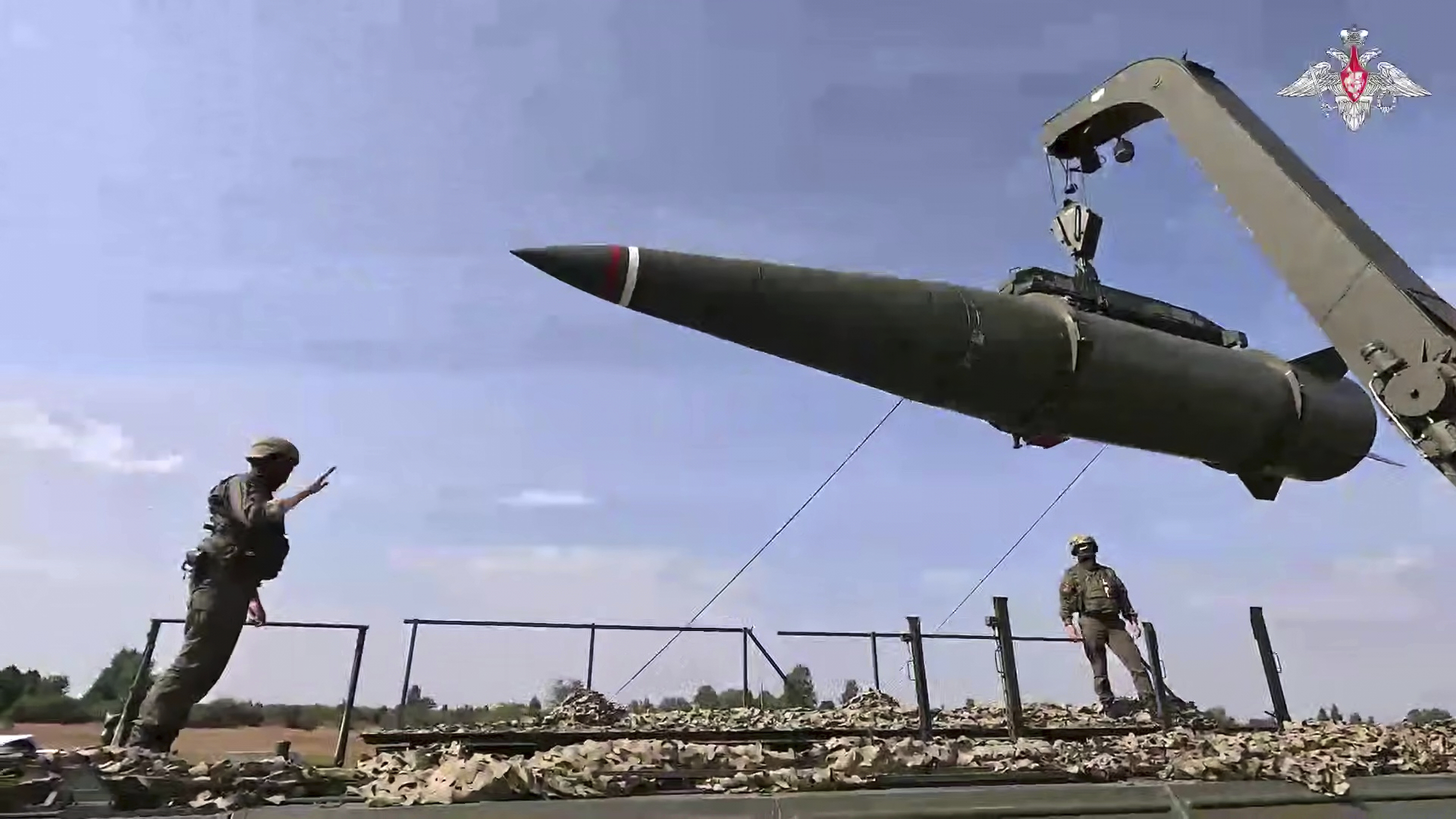
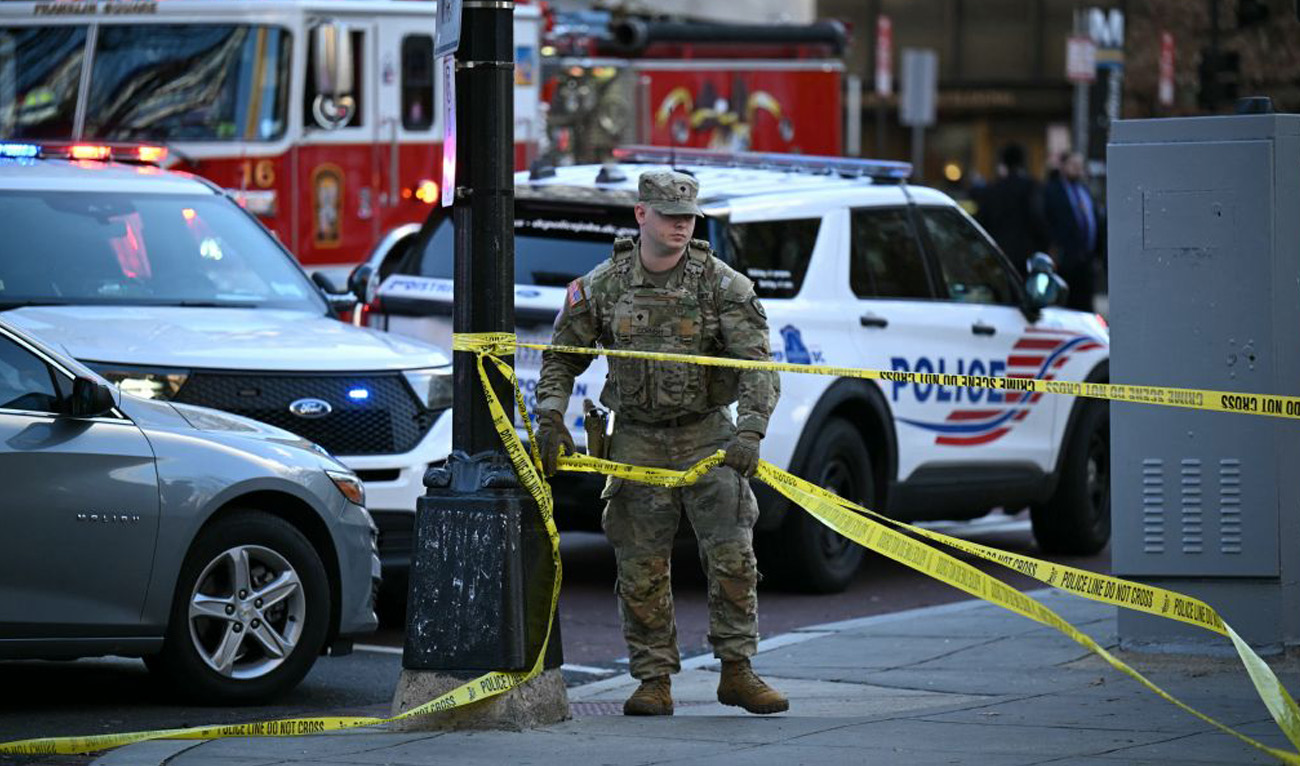
.jpg)
